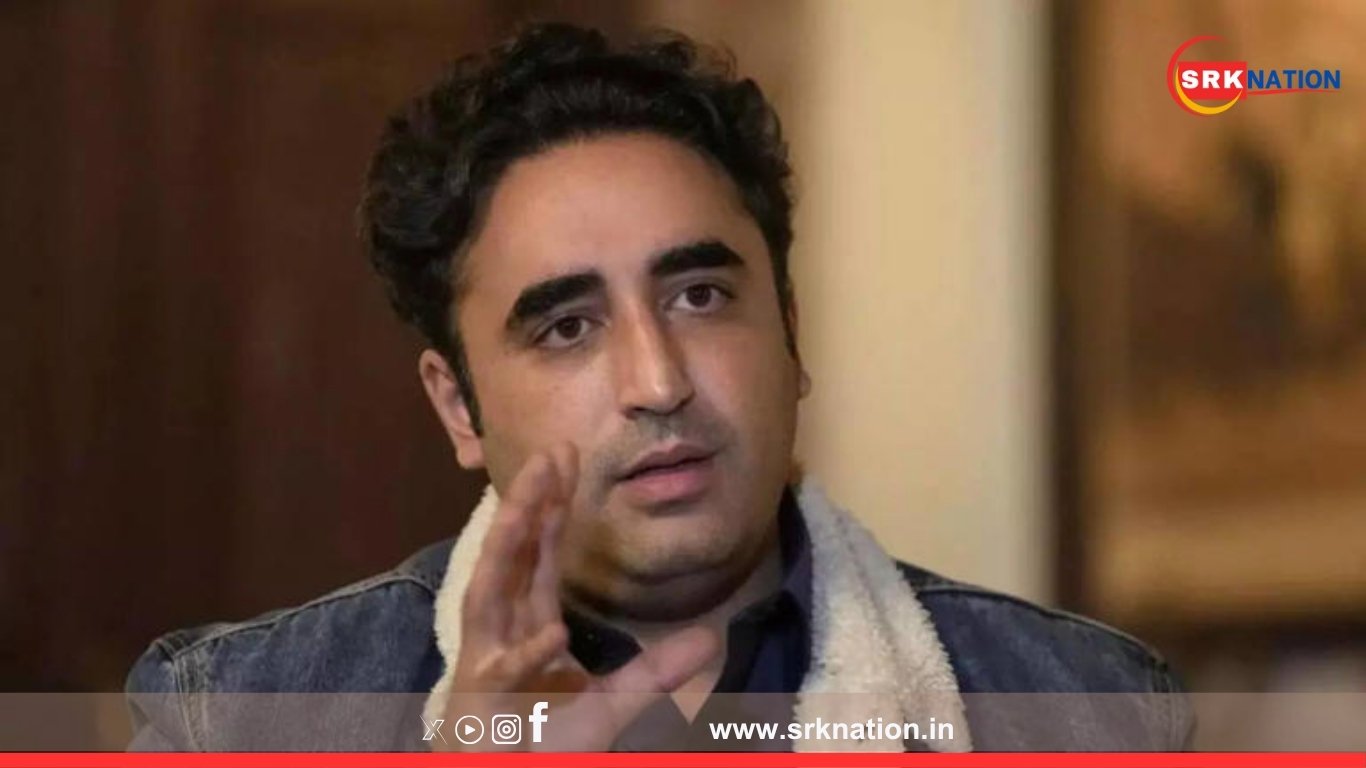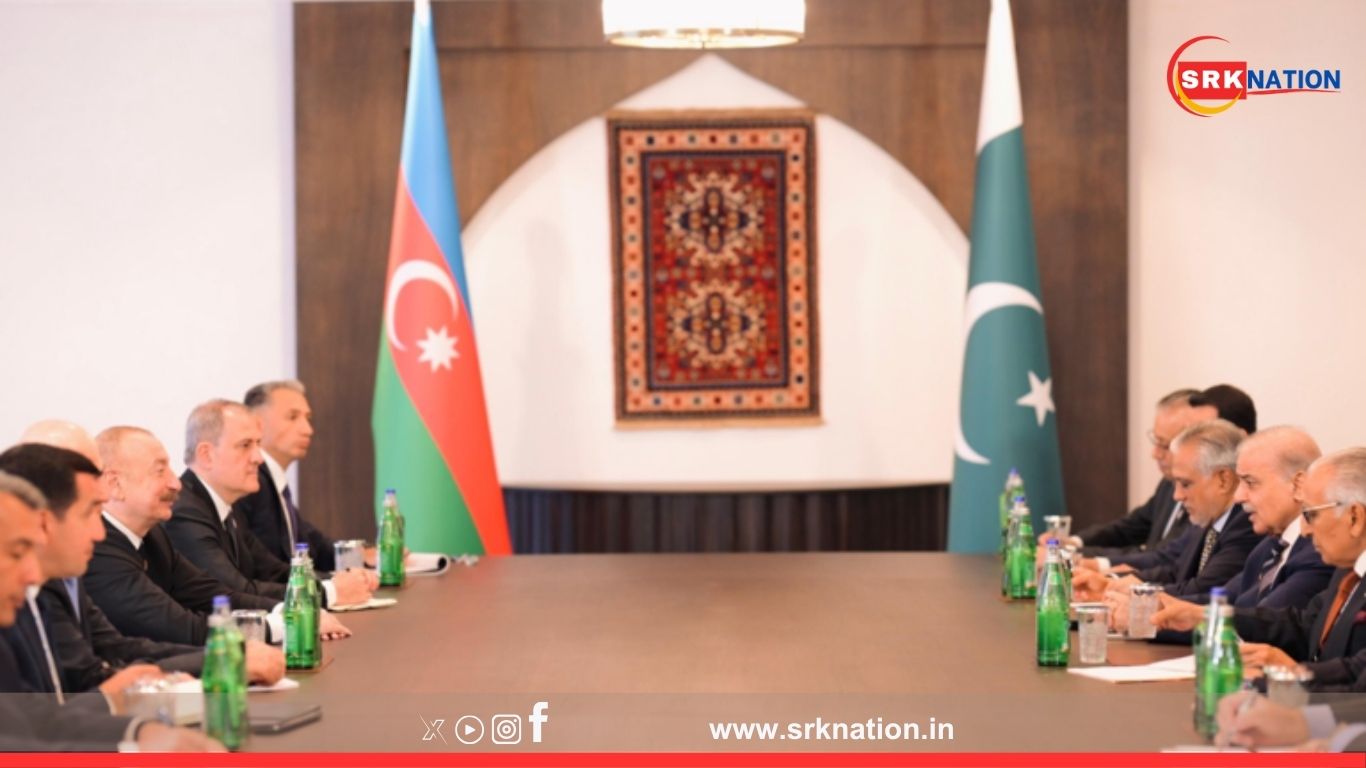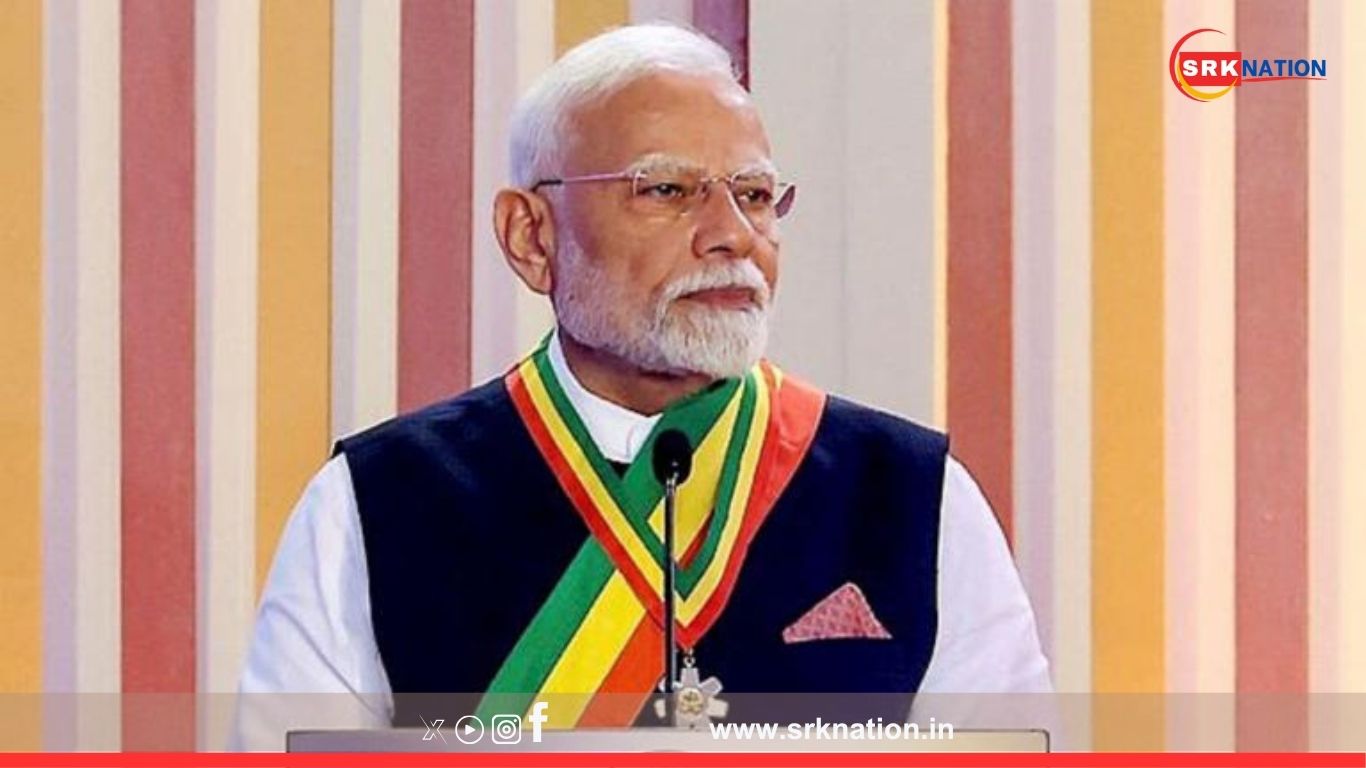In a significant geopolitical development, NATO has appointed Mark Rutte, the former Prime Minister of the Netherlands, as its new Secretary General. Rutte, who took office on October 1, 2024, brings a wealth of experience in international diplomacy and defense, having served as the longest-serving Dutch Prime Minister. His leadership is expected to strengthen NATO’s transatlantic ties and bolster its collective defense strategy.
Poland’s Rise as a Superpower
Amidst the ongoing Russia-Ukraine conflict, Poland has emerged as a formidable force in Europe, challenging the traditional dominance of France and the United Kingdom. The nation has made unprecedented investments in its military, allocating 4.12% of its GDP to defense in 2024—the highest among all NATO member states, surpassing even the United States. This figure is set to rise to 4.7% in 2025, reflecting Poland’s commitment to enhancing its military capabilities.
Poland’s strategic location and historical ties with Russia have positioned it as a key player in the region. The country has also strengthened its defense partnership with the United States, further solidifying its role within NATO and the European Union. With a defense budget projected to exceed $35 billion in 2025, Poland is poised to outpace its Central European and Baltic neighbors in military spending.
A Shift in Europe’s Power Dynamics
Traditionally, France and the UK have been considered Europe’s dominant military powers. However, Poland’s rapid military build-up and growing influence signal a shift in the continent’s power dynamics. This development underscores the evolving nature of global geopolitics, where emerging powers are reshaping traditional alliances and strategies.
As NATO navigates these changes under Mark Rutte’s leadership, the alliance’s focus will likely include supporting Ukraine, strengthening partnerships, and addressing the challenges posed by rising powers in Asia and Eastern Europe. Poland’s ascent as a military and economic powerhouse marks a new chapter in Europe’s security landscape, with implications for the region’s stability and NATO’s future direction.












For most recent news you have to go to see internet and on world-wide-web I
found this web site as a most excellent website for most recent
updates.
casino en ligne France
I’ve been exploring for a little bit for any high-quality articles or
weblog posts in this sort of area . Exploring in Yahoo I eventually stumbled upon this
web site. Studying this information So i’m glad to express that I
have an incredibly good uncanny feeling I came upon just
what I needed. I so much without a doubt will make
sure to do not forget this web site and give it
a look regularly.
casino en ligne fiable
Howdy! This is my first visit to your blog! We are a collection of volunteers and
starting a new initiative in a community in the same niche.
Your blog provided us useful information to work on. You have done
a wonderful job!
casino en ligne
Hello There. I found your blog using msn. This is a really well written article.
I will be sure to bookmark it and come back to read more of your useful
information. Thanks for the post. I will definitely return.
casino en ligne
Hi! This is kind of off topic but I need some help
from an established blog. Is it tough to set
up your own blog? I’m not very techincal but I can figure things out pretty quick.
I’m thinking about making my own but I’m not sure where to
start. Do you have any points or suggestions? Thank you
casino en ligne France
Hurrah, that’s what I was exploring for, what a stuff! existing here at this webpage,
thanks admin of this web site.
casino en ligne fiable
bookmarked!!, I really like your website!
casino en ligne
Hey I know this is off topic but I was wondering if you knew of any widgets I could add to my
blog that automatically tweet my newest twitter updates.
I’ve been looking for a plug-in like this for quite some time and was hoping maybe
you would have some experience with something like this.
Please let me know if you run into anything. I truly enjoy reading your blog and I look forward
to your new updates.
casino en ligne fiable
Admiring the persistence you put into your site
and detailed information you present. It’s good to come across a blog
every once in a while that isn’t the same outdated rehashed information.
Wonderful read! I’ve saved your site and I’m including your RSS feeds to my Google account.
casino en ligne fiable
Hi there, I found your web site by way of Google even as looking for a similar topic, your web site got here up, it
seems to be good. I’ve bookmarked it in my google bookmarks.
Hi there, just became alert to your weblog via Google, and located that it is really informative.
I am going to watch out for brussels. I will appreciate when you continue this in future.
A lot of people might be benefited from your writing.
Cheers!
casino en ligne fiable